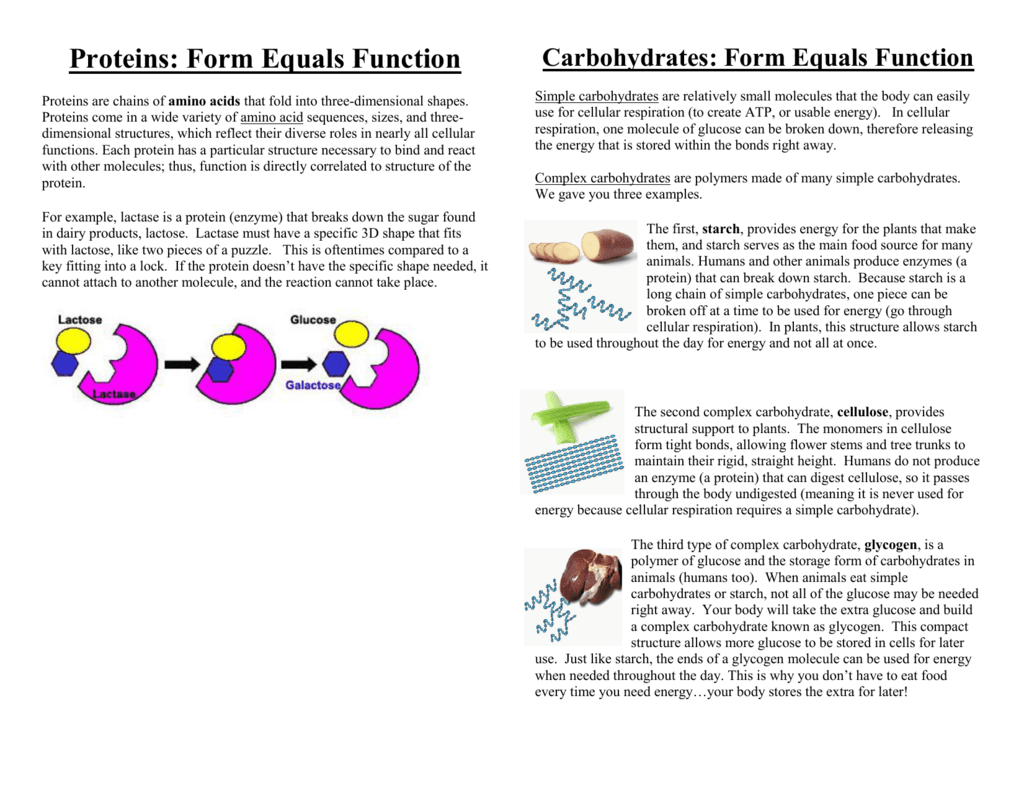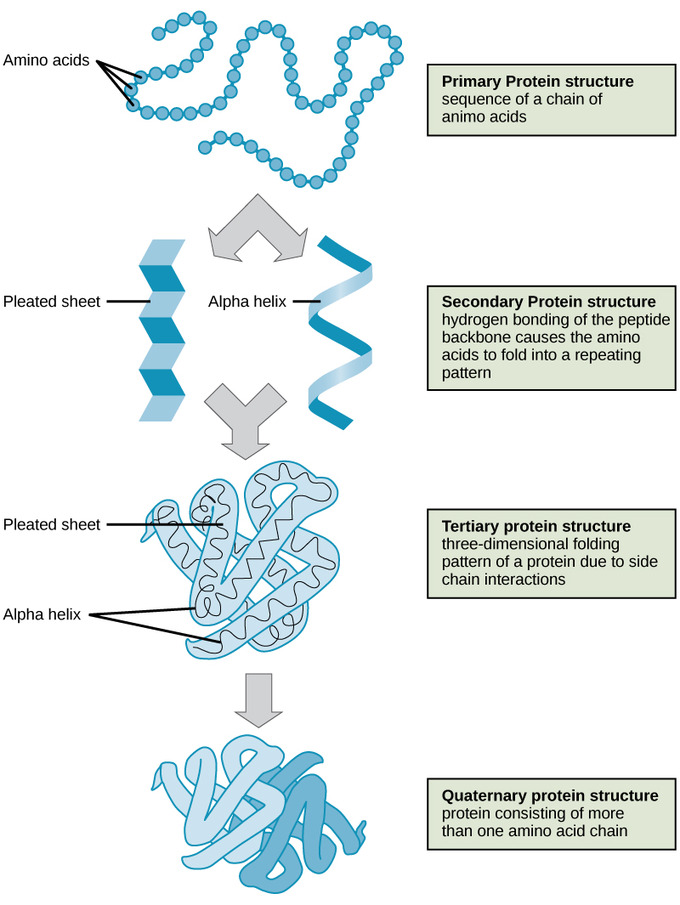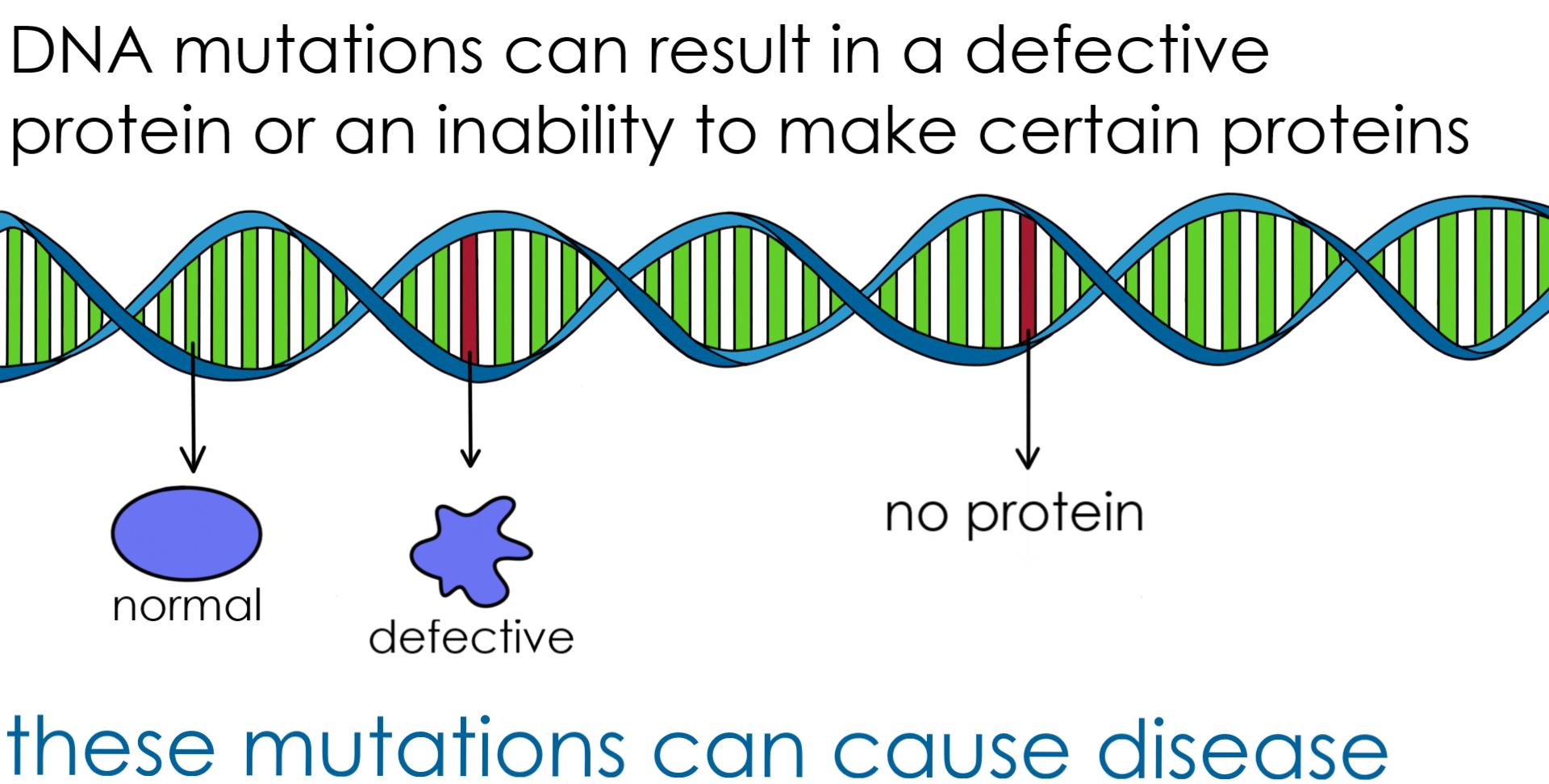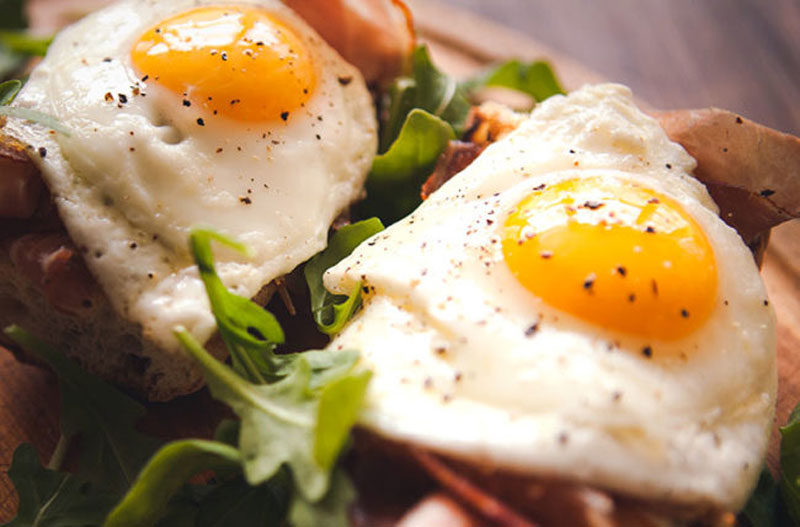Which Best Describes How Proteins Form
Which Best Describes How Proteins Form - Explain the four levels of protein organization. The promoter is a nontranscribed region of a gene. Web proteins (a polymer) are macromolecules composed of amino acid subunits (the monomers ). Proteins are the key working molecules and building blocks in all cells. As there are 20 different types of naturally. Web proteins are the workhorses of our bodies. Proteins are the key working molecules and building blocks in all cells. Categorize the different types of amino acids. Proteins are polymers of amino acids. Interactions between the side chains of amino.
Web which of the statements best describes the promoter of a protein coding gene? These amino acids are covalently attached to one another to form long linear chains. Web proteins are the workhorses of our bodies. Web proteins are very important molecules to all forms of life. A typical protein is about 400 amino acids long. Web discuss the relationship between amino acids and proteins. Web antibody these are components of the immune system that help to protect the body from foreign particles, such as viruses and bacteria. Web proteins (a polymer) are macromolecules composed of amino acid subunits (the monomers ). Web the 3d structure of a protein is referred to as its tertiary structure and is made by further folding of secondary proteins. They are one of four of life’s basic building blocks;
Proteins are the key working molecules and building blocks in all cells. Interactions between the side chains of amino. Proteins are polymers of amino acids. Proteins are the key working molecules and building blocks in all cells. Web which of the statements best describes the promoter of a protein coding gene? The protein collagen—which holds our skin, tendons, muscles, and bones. Web proteins are formed in a condensation reaction when amino acid molecules join together and a water molecule is removed. Proteins make up about 42% of the dry weight of our bodies. Each amino acid contains a central carbon, a hydrogen, a carboxyl group, an amino group,. Describe the ways in which protein shape and function are linked.
Proteins Form Equals Function
Explain the four levels of protein organization. Web proteins are very important molecules to all forms of life. Categorize the different types of amino acids. Web the 3d structure of a protein is referred to as its tertiary structure and is made by further folding of secondary proteins. The other three are carbohydrates (sugars), lipids ( fats.
Protein Structure Boundless Chemistry
Proteins are the key working molecules and building blocks in all cells. Categorize the different types of amino acids. Proteins are polymers of amino acids. Describe the ways in which protein shape and function are linked. Describe how protein differs in structure from carbohydrates and lipids.
Proteins Form and Function Book Read Online
The other three are carbohydrates (sugars), lipids ( fats. These amino acids are covalently attached to one another to form long linear chains. Web antibody these are components of the immune system that help to protect the body from foreign particles, such as viruses and bacteria. The protein collagen—which holds our skin, tendons, muscles, and bones. A typical protein is.
6.3 Protein Functions Medicine LibreTexts
Web describe the structure and function proteins. Each amino acid contains a central carbon, a hydrogen, a carboxyl group, an amino group,. Web proteins are formed in a condensation reaction when amino acid molecules join together and a water molecule is removed. Web antibody these are components of the immune system that help to protect the body from foreign particles,.
Protein What It Is, Types, Uses, Needs, Deficiency
Web 1 2 3 4 5 protein structure and variety proteins are composed of chains of amino acids. Interactions between the side chains of amino. Web describe the structure and function proteins. Web the 3d structure of a protein is referred to as its tertiary structure and is made by further folding of secondary proteins. Describe how protein differs in.
Gene Therapy — Definition & Examples Expii
They are one of four of life’s basic building blocks; Web 1 2 3 4 5 protein structure and variety proteins are composed of chains of amino acids. Categorize the different types of amino acids. The other three are carbohydrates (sugars), lipids ( fats. Web which of the statements best describes the promoter of a protein coding gene?
Part 4 Protein Cara Clark Nutrition
Explain the four levels of protein organization. Web antibody these are components of the immune system that help to protect the body from foreign particles, such as viruses and bacteria. A typical protein is about 400 amino acids long. Web primary structure describes the unique order in which amino acids are linked together to form a protein. Protein makes up.
Protein Facts and Health Benefits Nutrition
Web which of the statements best describes the promoter of a protein coding gene? Proteins make up about 42% of the dry weight of our bodies. They are one of four of life’s basic building blocks; The other three are carbohydrates (sugars), lipids ( fats. Web the 3d structure of a protein is referred to as its tertiary structure and.
SCIENCE BLOG. YEAR 4 PROTEINS
Explain the four levels of protein organization. Web proteins (a polymer) are macromolecules composed of amino acid subunits (the monomers ). The other three are carbohydrates (sugars), lipids ( fats. Categorize the different types of amino acids. The protein collagen—which holds our skin, tendons, muscles, and bones.
Complete proteins Definition of Complete proteins
The other three are carbohydrates (sugars), lipids ( fats. Web 1 2 3 4 5 protein structure and variety proteins are composed of chains of amino acids. Web antibody these are components of the immune system that help to protect the body from foreign particles, such as viruses and bacteria. These amino acids are covalently attached to one another to.
Web Primary Structure Describes The Unique Order In Which Amino Acids Are Linked Together To Form A Protein.
Proteins make up about 42% of the dry weight of our bodies. Describe the ways in which protein shape and function are linked. Describe how protein differs in structure from carbohydrates and lipids. Web describe the structure and function proteins.
Web Proteins (A Polymer) Are Macromolecules Composed Of Amino Acid Subunits (The Monomers ).
Proteins are polymers of amino acids. Web 1 2 3 4 5 protein structure and variety proteins are composed of chains of amino acids. The promoter is a nontranscribed region of a gene. Protein makes up approximately 20.
Web Proteins Are Very Important Molecules To All Forms Of Life.
Proteins are constructed from a set of 20 amino acids. Web proteins are formed in a condensation reaction when amino acid molecules join together and a water molecule is removed. Web antibody these are components of the immune system that help to protect the body from foreign particles, such as viruses and bacteria. Web which of the statements best describes the promoter of a protein coding gene?
Proteins Are The Key Working Molecules And Building Blocks In All Cells.
Each amino acid contains a central carbon, a hydrogen, a carboxyl group, an amino group,. Proteins are the key working molecules and building blocks in all cells. Web the 3d structure of a protein is referred to as its tertiary structure and is made by further folding of secondary proteins. These amino acids are covalently attached to one another to form long linear chains.




:max_bytes(150000):strip_icc()/GettyImages-1145581060-c6f3afa5f308461cab0a77d79a51c68a.jpg)




